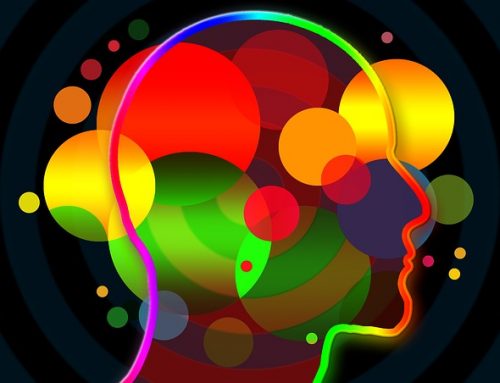The diagnosis of autism disorder can devastate parents. There are so many questions and so few answers.
What do you do now? Where do you to turn for treatment?
Autism Disorder Symptoms
Autism disorder, also known as autism spectrum disorder, is a neurological and developmental disorder that affects the way a person interacts, communicates, behaves, and learns.
People with autism disorder range from gifted to severely challenged in their ability to learn, think, and problem-solve. Associated symptoms make life difficult and painful for them and their families.
For example, the autistic child’s inability to speak or understand language causes learning problems. Extreme sensitivity to sound makes it impossible to concentrate.
Some symptoms interfere with the ability to relate to others. A child with autism disorder may be persevering in interests such as lining up toys and may prefer to play alone.
When someone interrupts the autistic child’s usual routine, they’re likely to suffer emotional meltdowns and tantrums having issues with emotional regulation. Since many of these children also tend to be uncomfortable with touching, they may refuse comfort. Behaviors like hand flapping, twirling in circles, and avoiding physical contact further isolate them.
We don’t yet understand what causes autism disorder, and there is no cure. But we can manage it and treat its symptoms.
Treatment Programs
 Each person is unique. Treatment plans must be tailored to those specific needs. The best results come when treatment begins early in the child’s life.
Each person is unique. Treatment plans must be tailored to those specific needs. The best results come when treatment begins early in the child’s life.
Treatment programs focus on behavior and communication, including speech therapy to improve communication and physical or occupational therapy to improve movement and balance.
Since children with autism disorder often are hypersensitive to sound, treatment to reduce this sensitivity can be helpful. Improving listening skills also helps optimize communication. Listening therapy is among the interventions and supports available to these children.
The Role of the Tomatis Method
The Tomatis Method, in combination with other treatments, can help the child with autism disorder function better. This method combines listening to bits of music and speech – filtered sounds – with a vibrational component.
A special device modulates and filters the sound’s various components (frequency, amplitude, etc.) along with headphones equipped a bone conduction vibrator placed at the top of the skull help train the listening perception. This approach helps the child develop better listening skills and reduce sound sensitivity.
The child learns to build inner filters, to discriminate among sounds, and to block distractions. This method also works with the parts of the inner ear related to balance, coordination, and orientation in space.
How the Tomatis Method Supplements Other Therapies
The listening component of the method includes recordings of the child’s mother’s voice and music with a range of frequencies—like Mozart and Gregorian chant. It teaches the child to listen to and distinguish among sounds rather than merely hearing them. This process can improve speech and language skills.
The Tomatis Method also helps regulate the vestibular system, the part of the inner ear that affects balance and movement in space, by means of stimulating the movement within the three semicircular canals of the balance system. This can enhance the child’s coordination which is reflected in fine or gross motor skills.
A child with autism disorder needs to integrate sensory stimulation so that they can make sense of it rather than blocking it out. The Tomatis Method helps the child better modulate and sound, touch, and visual input, putting them more in control of their response to the environment. Better social awareness and greater tolerance for sensory stimulation can help to improve behavior and self-control.
The Tomatis Method Has a Role in Autism Disorder Therapy
Although the benefits of the Tomatis Method vary from child to child, listening therapy together with consultation focused on the individual child and their family can influence the child’s movement, posture, energy level, communication potential, as well as their ability to listen and attend.
Listening also takes these children outside of themselves and can awaken their desire to communicate and learn. It stimulates the ear-brain connection, which increases the child’s desire to actively engage with the world.
Moreover, the Tomatis method also gradually reduces hypersensitivity to sound.
While by no means a cure for autism disorder, the Tomatis Method, when used with other therapies, can bring about improvement in communication and behavior. Case studies show that this treatment can actually help speed up the effects of other treatments for autism disorder.





